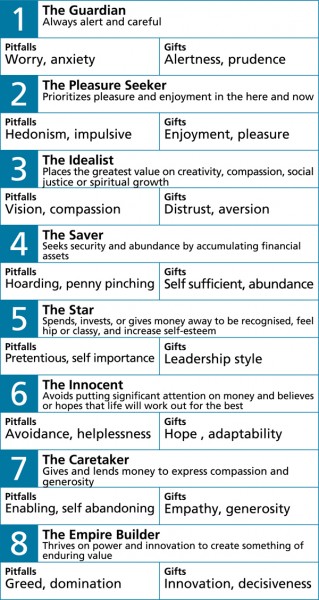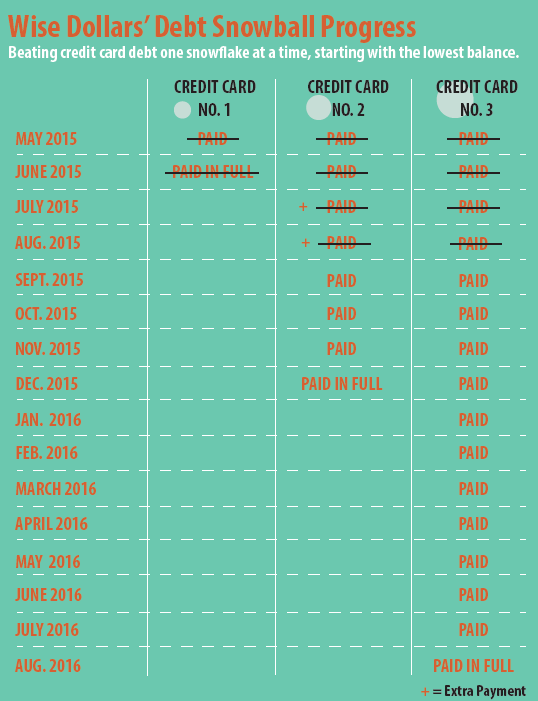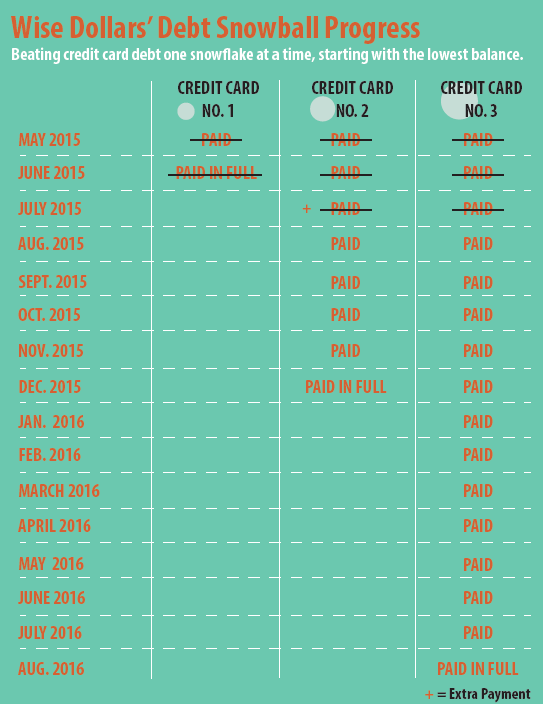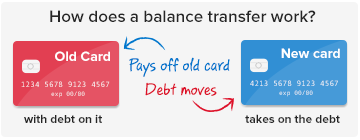I had double jaw surgery just over a month ago. Needless to say, I’ve had a lot of time on my hands. Recovery was the perfect time to continue reading. While spending time in my hometown for the Fourth of July weekend, I came across Brent Kessel’s 2008 book It’s Not About the Money: Unlock Your Money Type To Achieve Spiritual and Financial Abundance in the library. I’m soooo glad I found this gem and my lil’ ol’ library.
Kessel is a renown financial advisor and yogi, so he offers a unique perspective on money. He discovered that people need to understand their core financial story in order to make meaningful changes. The book helps people identify themselves in 8 money  archetypes, provides information on how each archetype can revamp her finances, and provides exercises and meditations to inspire a fresh approach to her relationship with money. Meditating and looking at financial decisions more objectively can help you detach from emotions and make better decisions.
archetypes, provides information on how each archetype can revamp her finances, and provides exercises and meditations to inspire a fresh approach to her relationship with money. Meditating and looking at financial decisions more objectively can help you detach from emotions and make better decisions.
The exercises and meditations in the book are so helpful, in my opinion. Kessel asks tough questions to really help you understand your conditioning and motives for your financial behavior. He proposes that our “Core Story” was developed in early childhood and created money scripts that you subconsciously play out today. For example, growing up with little food and parents who worried about how to pay the bills could force one to try to make as much money as possible (like the Empire Builder) or worry about every cent that goes in and out of the home (like the Guardian).
The archetypes include:
- The Guardian is always alert and careful.
- The Pleasure Seeker prioritizes pleasure and enjoyment in the here and now.
- The Idealist places the greatest value on creativity, compassion social justice, or spiritual growth.
- The Saver seeks security and abundance by accumulating more financial assets.
- The Star spends, invests, or gives money away to be recognized, feel hip or classy, and increase self-esteem.
- The Innocent avoids putting significant attention on money and believes or hopes that life will work out for the best.
- The Caretaker gives and lends money to express compassion and generosity.
- The Empire Builder thrives on power and innovation to create something of enduring value.
Before reading the full descriptions of the eight archetypes, I realized that my money archetypes and philosophy have changed (for the better) over the years. Before getting serious about debt repayment and saving, I was the “Pleasure Seeker” and the “Innocent.” My pleasure-seeking lead to racking up credit card debt without regard to the future impact. The “Innocent” in me made think everything would work out even if I didn’t have a plan to reduce debt and set goals. Why did I think this way? Well, my mother exhibits this behavior. Apple. Tree.
Wow. It’s all just conditioning. I don’t have to act like that anymore. — Brent Kessel
Now, I’m much more vigiliant, realizing that being irresponsible wouldn’t help me in the long-run. The “Guardian” and the “Saver” best describe me. I aim to become secure and wealthy by shedding debt, being careful and accumulating assets. This quiz on Kessel’s website can help you determine your archetype(s).
There are bad sides to each archetype, too. “For example, Savers rely on their habits to feel secure and safe, and Guardians turn to compulsive behaviors, constantly analyzing their financial affairs in the hope of finding some reassurance.” In the past week alone, I called about my loans, tweaked transfers and so on to try to gain the least bit of edge. My wheels are always spinning. It’s as if I’m become obsessed with my finances after years of apathy as a Pleasure Seeker and Innocent. Kessel wrote: “Often it is the archetype we reject that we most need in order to create balance and freedom in our lives.” He encourages you to find the “Middle Way”, a balance, among the archetypes to create a fulfilled life. We move toward balance “when we are not caught in the mind’s strategies to become secure or happy.”
…with just a few of the right tools, no matter what your history with money has been, you can earn and keep money, and even grow wealthy if that’s what you want. — Brent Kessel
What makes It’s Not About The Money awesome is that Kessel gives specific tips for each archetype on the following topics: cash flow and budgeting, investing, insurance, taxes, gifting and estate planning, and philanthropy and generosity.
Kessel suggests that you suppress the “Wanting Mind”, which constantly tells you that you are not enough or don’t have enough. That feeds the negative part of the Core Story. He spends most of the third part of the book talking about generosity. He wrote: “…when we are focused on the greater good, we are not as consumed by our own self-involved Core Story, and hence more is possible.” When you look to help others, you often forget about your own hang-ups and move toward balance and freedom.
We are free when we move from a focus on getting love, abundance, peace and freedom to being love, abundance, peace and freedom. In fact, when we are identified with that part of us that already has enough, that has arrived, that feels sufficiency rather than scarcity, impulses of love and generosity arise naturally and without effort. — Brent Kessel










